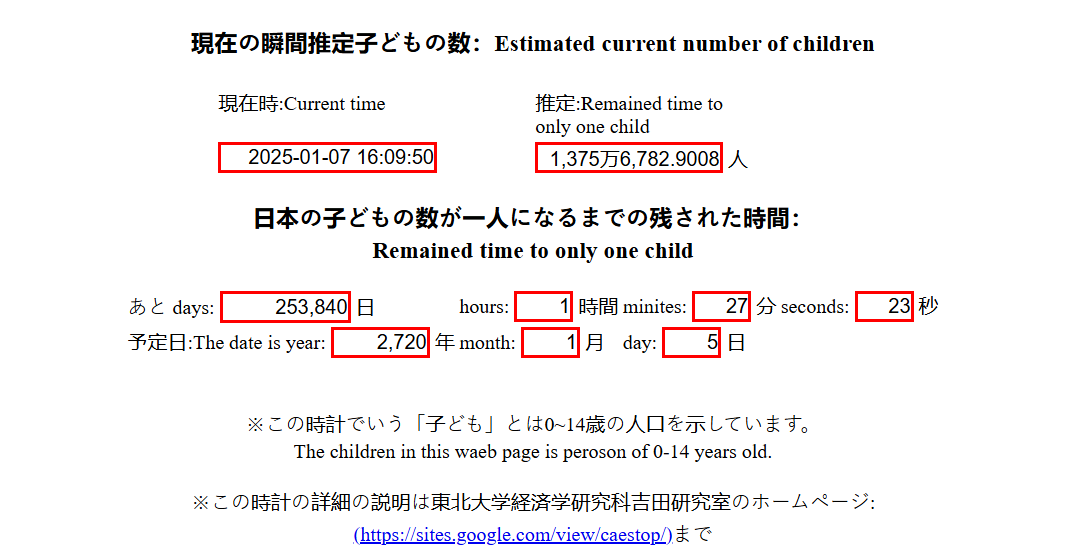More countries, including China, are grappling with shrinking and aging populations
Share:
A growing number of countries are confronting the dual challenges of population decline and aging, as younger generations opt to have fewer children and advances in healthcare extend life expectancy. China said Friday that its population fell for the third straight year in 2024, falling by almost 1.4 million to 1.408 billion. Elsewhere in Asia, Japan's population has been falling for 15 years, while South Korea's growth turned negative in 2021. In Italy, the number of births has fallen below 400,000 for the first time since the 19th century.
The population has peaked in 63 countries and territories, about half in Europe, the United Nations says. The U.N. projects another 48 will hit their peak over the next 30 years. Globally, the population of 8.2 billion people is still growing, with the U.N. projecting it will reach 10.3 billion in roughly 60 years and then start to decline.
For many countries with shrinking populations, the slow-moving but hard-to-reverse trend has prompted governments to offer financial incentives to try to encourage people to have children to help support growing numbers of elders. Japan has shrunk by 3 million people since 2008.
The Japanese government’s chief cabinet secretary, Yoshimasa Hayashi, called the demographic situation critical last year, saying that the next six years will be “the last chance for us to possibly reverse the trend.”. The population of Japan peaked in 2008 at 128 million people and has fallen to 125 million since then. The number of births hit a record low of 730,000 in 2023.






















